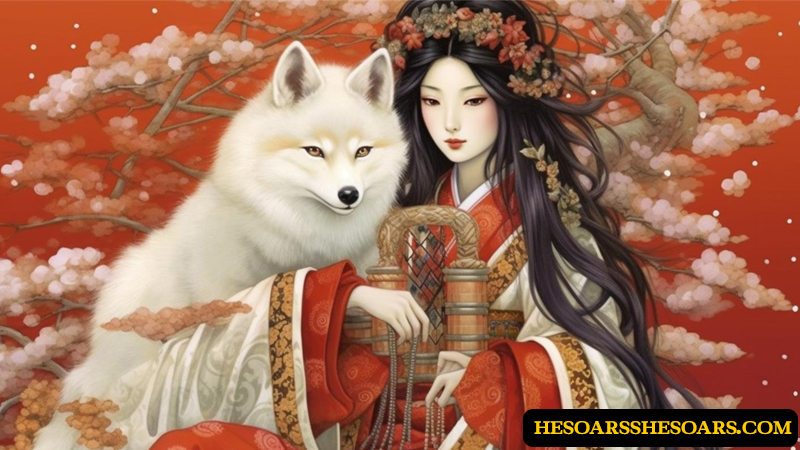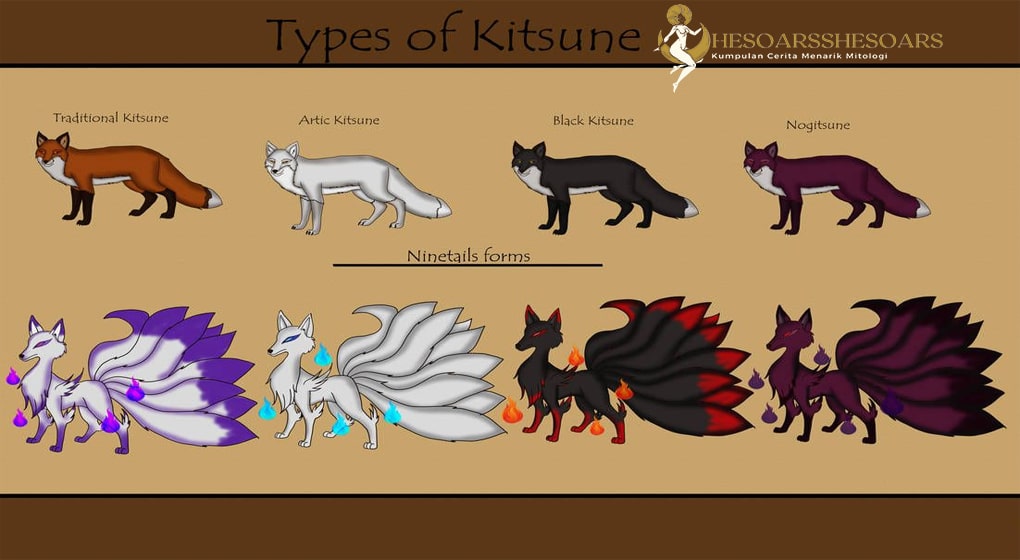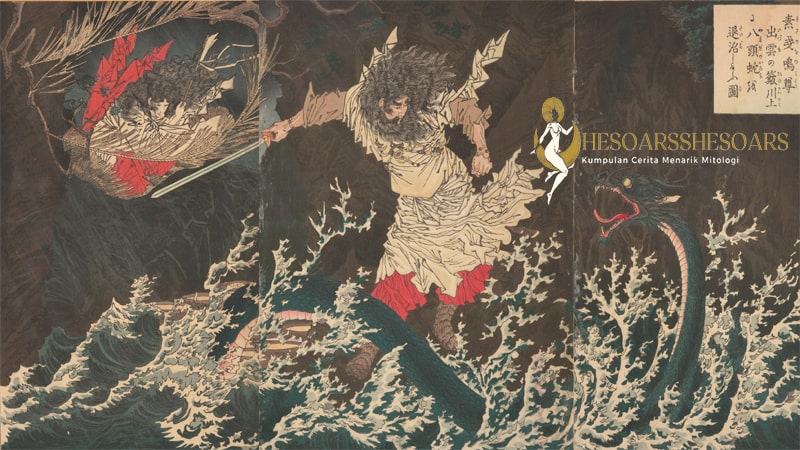Japanese mythology is a rich tapestry of folklore. Legends, and deities. With Inari being one of its most prominent and multifaceted figures. Inari is the Shinto god of rice. Fertility, prosperity, and foxes. This deity’s multifaceted nature has made Inari a central figure in Japanese culture and spirituality. In this article, we will delve into the captivating world of Inari, exploring the origins. Symbolism, and significance of this revered god.
Origins of Inari God
Inari’s origins. Can be. Traced back. To early Japanese animistic beliefs. Where natural. Elements and spirits. Were. Venerated. Over time, these beliefs evolved into more organized religious practices, and Inari emerged as a prominent deity. The name “Inari” Is. Believed. To be. Derived. From “ina” (rice) and “nari” (growth), emphasizing the god’s association with rice cultivation and agricultural abundance.
Symbols Inari God and Iconography
Inari is. Often depicted. As a deity with long, flowing white hair and dressed in elaborate robes, holding a sheaf of rice and a staff, symbolizing fertility and agricultural prosperity. One of the most iconic representations of Inari is the fox, specifically the white fox. Foxes are. Believed to be. The messengers. Of Inari. And are. Closely associated. With the deity. They are often. Depicted with. A key. Representing the. Key to the. Rice granary. Or a rice bag. Highlighting Inari’s. Role in protecting. And nurturing rice crops.
Shrines and Worship
Inari shrines, known as “Inari-jinja,” can be found throughout Japan, and they are dedicated to the veneration of Inari. These shrines often feature rows of red torii gates leading up to the main sanctuary, creating a picturesque and iconic scene that has become synonymous with Inari worship. Visitors to these shrines often bring offerings of rice, rice wine (sake), and fox figurines to seek blessings for good harvests, prosperity, and success in various endeavors.
The Fox Connection
The association between Inari and foxes is deeply ingrained in Japanese mythology. Foxes are believed to be shape-shifters and possess magical powers in Japanese folklore. They are seen as both protectors and messengers of Inari. Foxes are said to guard Inari’s shrines and serve as intermediaries between humans and the deity. This belief has led to the popularity of fox statues at Inari shrines, where people often leave offerings of food and adorn the statues with red bibs and ceremonial bells.
Variations of Inari
Inari is a versatile deity with various manifestations and regional variations. In some areas of Japan, Inari is revered as a deity of fertility and prosperity, while in others, Inari is seen as a protector of fishermen and sailors. The deity’s adaptability has allowed Inari to become an integral part of various aspects of Japanese life.
Cultural Significance
Inari’s influence extends beyond religious practices and into various aspects of Japanese culture. The deity’s association with rice has made Inari a symbol of abundance and prosperity, making the god a popular figure in agricultural festivals and ceremonies. In literature and art, Inari and foxes have been recurring themes, providing rich symbolism and storytelling elements.
In popular culture, Inari and foxes continue to be featured in various forms of media, including movies, anime, and literature. Their mystical and enigmatic qualities make them intriguing subjects for creative works.
Conclusion Inari God
Inari is a multifaceted and revered deity in Japanese mythology, symbolizing fertility, prosperity, and the protection of rice crops. The god’s association with foxes adds a layer of mystique and intrigue to Inari’s lore. Inari shrines and their iconic torii gates are not only places of worship but also symbols of cultural significance and natural beauty in Japan. As Japanese mythology continues to captivate the imagination of people worldwide, Inari remains a central and cherished figure in this rich tapestry of beliefs and legends.




